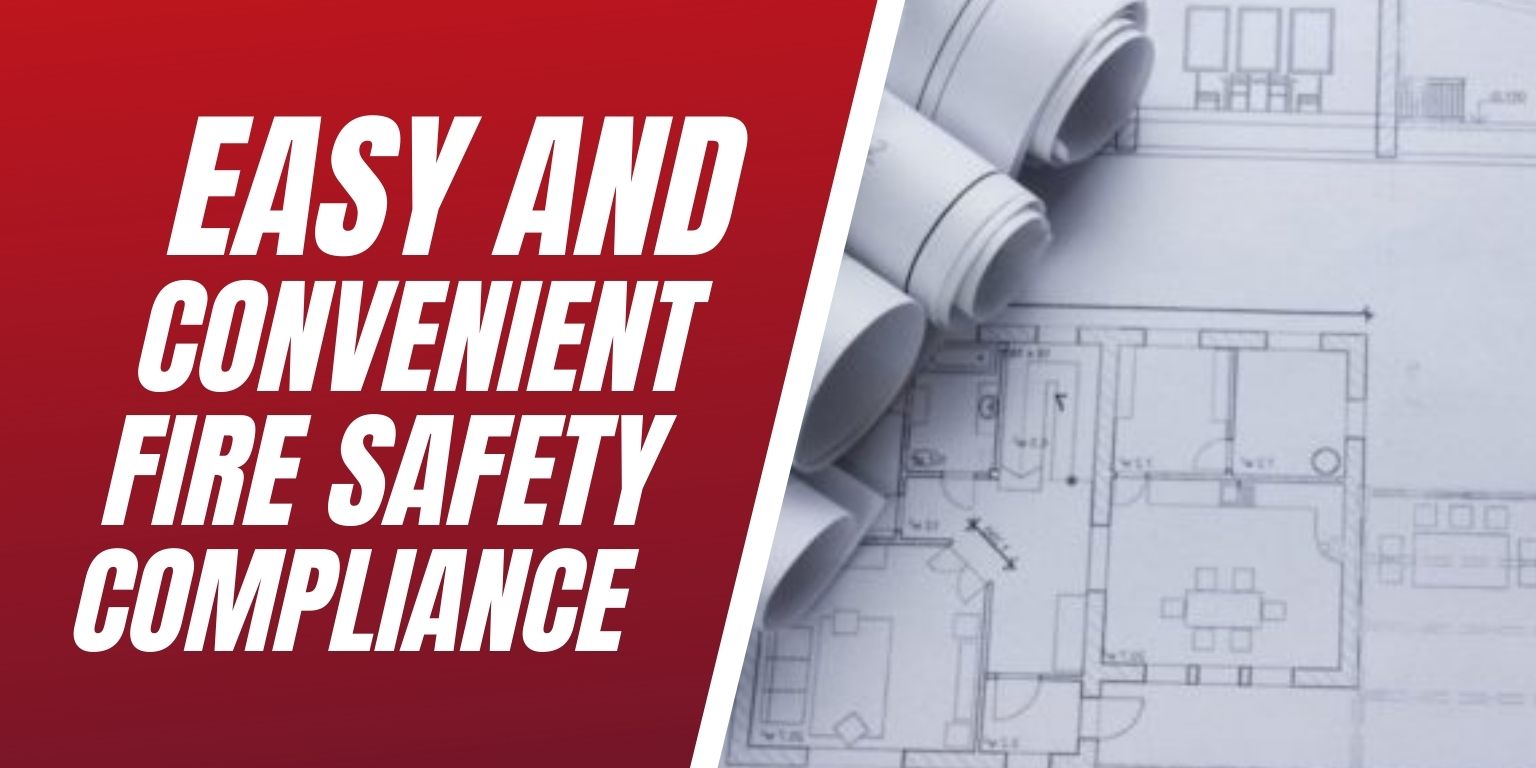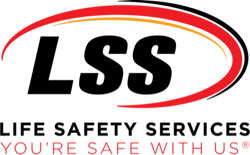
Facilitating fire and life safety inspections required by code is a responsibility that falls into the lap of facility managers. The daily demands of a facility manager can be overwhelming which can naturally result in tasks not getting as much attention as they should. Fire safety is one you can’t afford to postpone or fail to give accurate attention to. Doing so could be costly not only to your wallet (which cuts into facility budgets) but also putting all building occupants in danger in the event of a fire.
LSS Life Safety Services is fully equipped to make the fire safety inspection process as painless as possible for you. We are staffed with trained and certified technicians that will administer the facility fire door and fire/smoke damper inspections and repairs.
Fire Door and Damper Inspections
Fire-rated door inspections are required to be completed annually. Inspections consist of very specific and detailed guidelines that must be followed to ensure functionality of the door and overall code compliance. Fire doors play a huge role in the passive fire protection system within a facility as it works to compartmentalize a fire to stop the spread of deadly fire and smoke that releases toxic fumes. LSS technicians will inspect and report any deficiencies detected within the facility. A comprehensive detailed report will be provided to the customer to satisfy the AHJ.
NFPA 80 – Fire Door Inspection Guidelines
- Labels are clearly visible and legible.
- No open holes or breaks exist in surfaces of either the door or frame.
- Glazing, vision light frames, and glazing beads are intact and securely fastened in place, if so equipped.
- The door, frame, hinges, hardware and noncombustible threshold are secured, aligned, and in working order with no visible signs of damage.
- No parts are missing or broken.
- Door clearances do not exceed clearances listed in 4.8.4 and 6.3.1.7.
- The self-closing device is operational; that is, the active door completely closes when operated from the fully open position.
- If a coordinator is installed, the inactive leaf closes before the active leaf.
- Latching hardware operates and secures the door when it is in the closed position.
- Auxiliary hardware items, which interfere or prohibit operation, are not installed on the door and frame.
- No field modifications to the door assembly have been performed that void the label.
- Meeting edge protection, gasketing and edge seals, where required, are inspected to verify their presence and integrity.
- Signage affixed to a door meets the requirements listed in 4.1.4.
Damper inspections are another essential part of the passive fire protection system of a facility as they stop the spread of fire and smoke throughout a building during a fire. New dampers should be inspected at least a year after installation, then every 4 years thereafter in non-healthcare facilities, every 6 years in hospitals. LSS technicians will ensure your facility is in compliance with all local and state building codes. Regular maintenance and inspections are highly enforced by the AHJ, rest assure the LSS technicians will provide all the necessary information you’ll need to pass along.
NFPA 80 & NFPA 105– Damper Inspection Guidelines
Fire Damper - NFPA 80 – Section 19.4
Each damper shall be tested and inspected one year after installation.
The test and inspection frequency shall then be every 4 years, except in hospitals, where the frequency shall be 6 years.
Smoke Damper - NFPA 105 – Section 6.5
Each damper shall be tested and inspected one year after installation.
The test and inspection frequency shall then be every 4 years, except in hospitals, where the frequency shall be 6 years.
Fire Door and Damper Repairs
After inspections take place, repairs should be taken care of as soon as possible. Why? Because depending on the deficiencies found, it could mean they are not operating efficiently. Fires happen unexpectedly, so there is no time for delay.
Fire-rated door repairs commonly consist of gap adjustments, smoke seal installation, hinge replacement, silencer replacements and more. LSS technicians will perform the required work to ensure all fire doors are compliant with NFPA 80.
Fire dampers and smoke dampers have been notorious for failing routine inspections. LSS technicians will repair damper deficiencies such as an actuator replacement, damper linage adjustment, internal components replaced, blockages that are denying closure, broken tabs and more. LSS technicians will ensure compliance with the NFPA 80 and NFPA 105 providing the web-based reporting software with additional information following the repair service.
The LSS Life Safety Services Difference
What makes compliance easy when hiring LSS Life Safety Services to perform facility fire and safety inspections and repairs? We are the industry professional equipped with trained and certified technicians to carry out the fire safety requirements within your facility. Our team will leave you with the peace of mind knowing your facility is in compliance and ready to perform the life saving actions in the event of a fire to protect the building and the people inside.
Our web-based detailed reporting software will provide you with all the necessary information to provide the AHJ, making the job of annual fire safety inspections easy and convenient. Allow us to do the heavy lifting because it is our job to assist you in all facility fire safety measures.
Contact Us Here or call 888-765-4519

